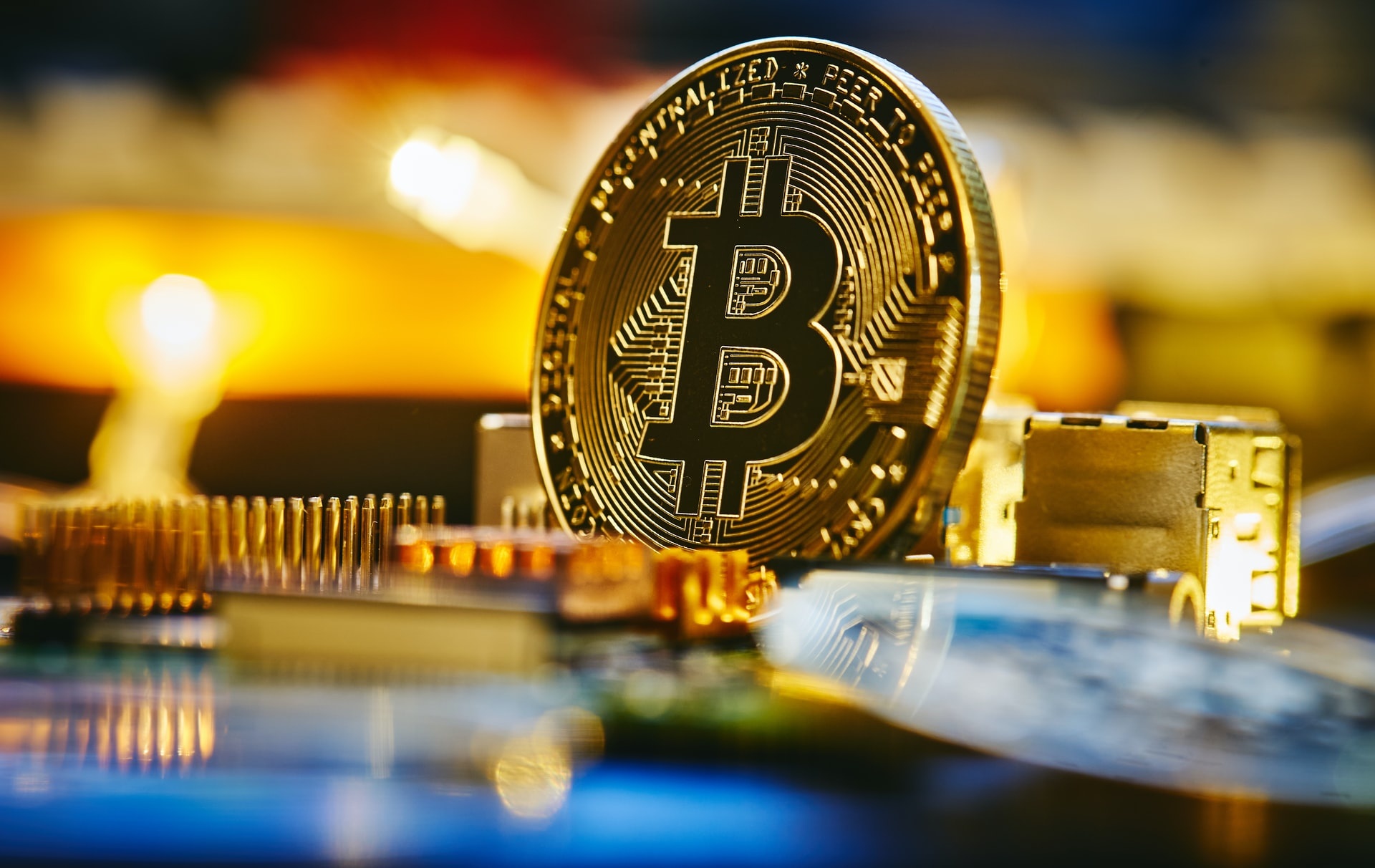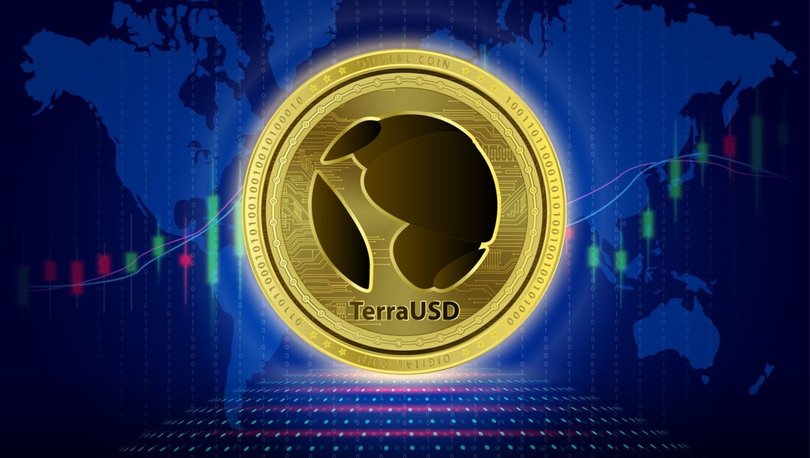
In response to surging inflation, Argentina has become an increasingly crypto-friendly country in terms of adoption.
Since 2016, Argentina has been engaged in a war against inflation. Caused by multiple factors, like a lack of trust in the central bank or government overspending, the depreciation of the Argentinean peso has negatively impacted citizens’ purchasing power.
This has brought 37.3% of the population under the poverty line, and many others have had their savings vanish into thin air. Against this backdrop, many Argentines have turned to Bitcoin (BTC) and crypto as a way to hedge against 60% inflation, despite the market being in the red for several months and the central bank forbidding financial institutions from operating with digital assets.
Related: Argentina’s central bank steps in to block new crypto offerings from banks
In an Americas Market Intelligence report cited by Reuters, it was found that “crypto penetration” in Argentina had reached 12%, double that of Peru, Mexico and other countries in the region.

In addition to Bitcoin, Argentines have been turning to stablecoins increasingly as a means of storing value in the United States dollar, especially as their country imposes strict capital controls on foreign exchange services.
When the creator of Ethereum, Vitalik Buterin, visited Argentina in December, he stated that cryptocurrency adoption in the country was on the rise and that stablecoin adoption was also growing significantly. He cautioned that this could change if the U.S. dollar began exhibiting serious problems.
On a broader scale, Argentina appears to be taking a cautious approach to digital asset regulation. In a 2021 Youtube interview, Argentine President Alberto Fernandez said, “There’s a huge discussion about cryptocurrencies, it’s a global debate and I must confess it’s a matter of caution.”
On a brighter note, he also stated that “crypto has an advantage” because “it helps contain inflation” and that, “in a sense, it’s a steady asset.”











